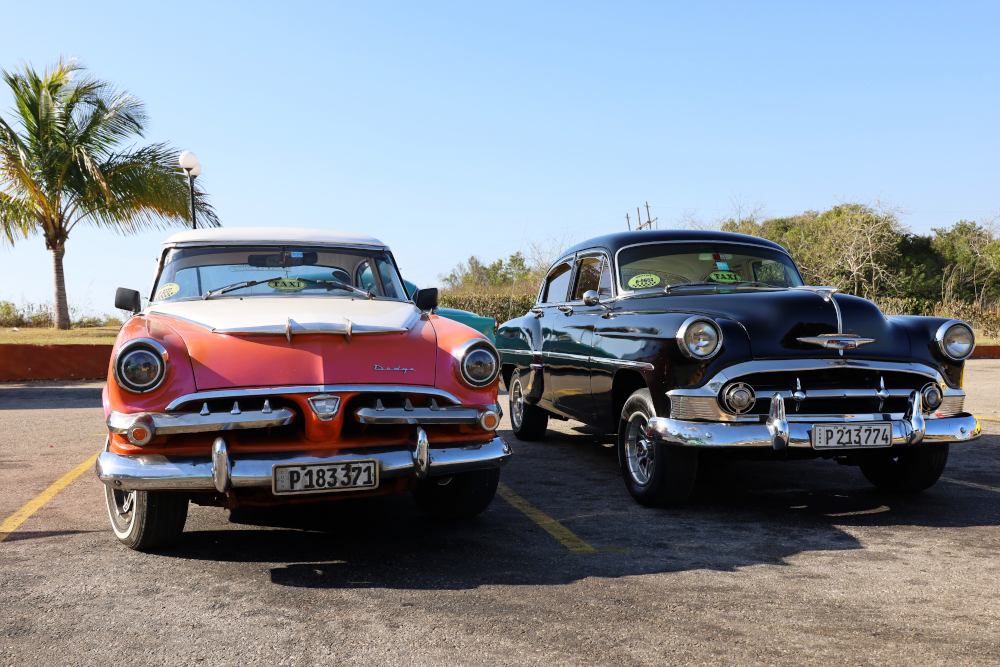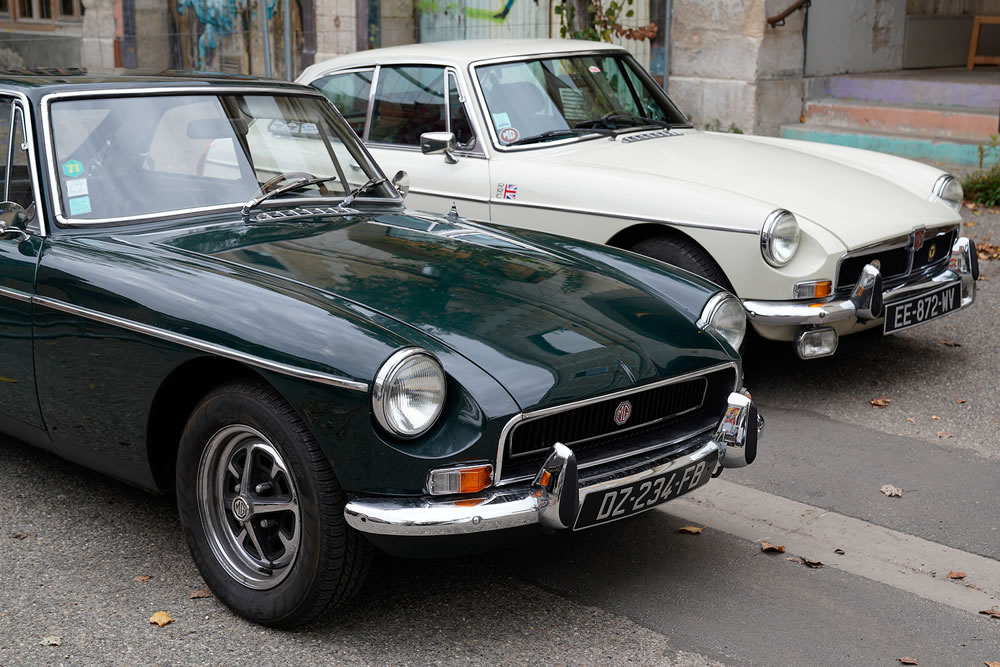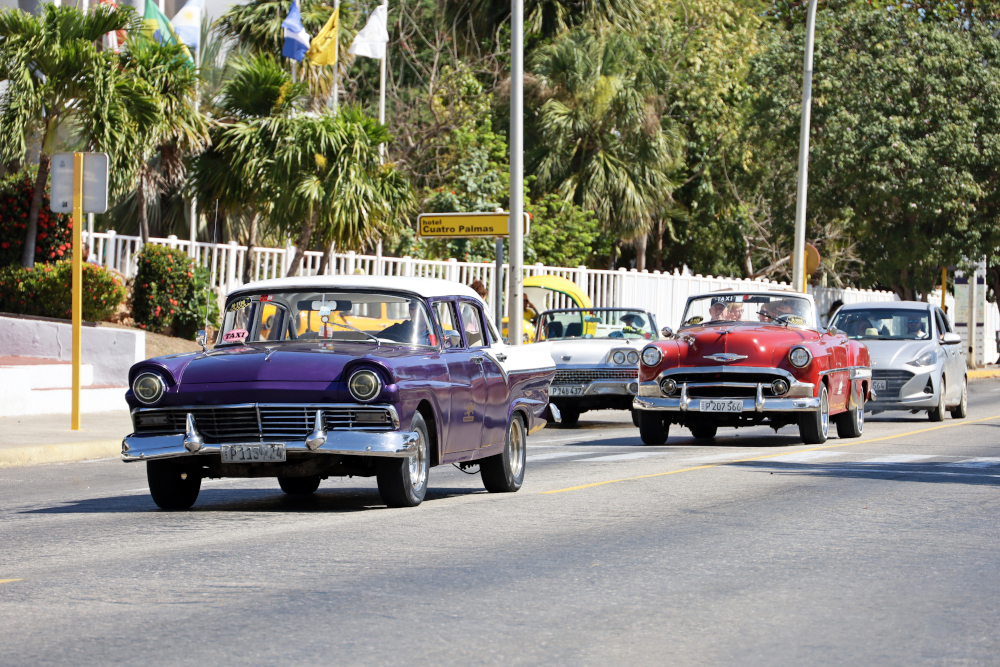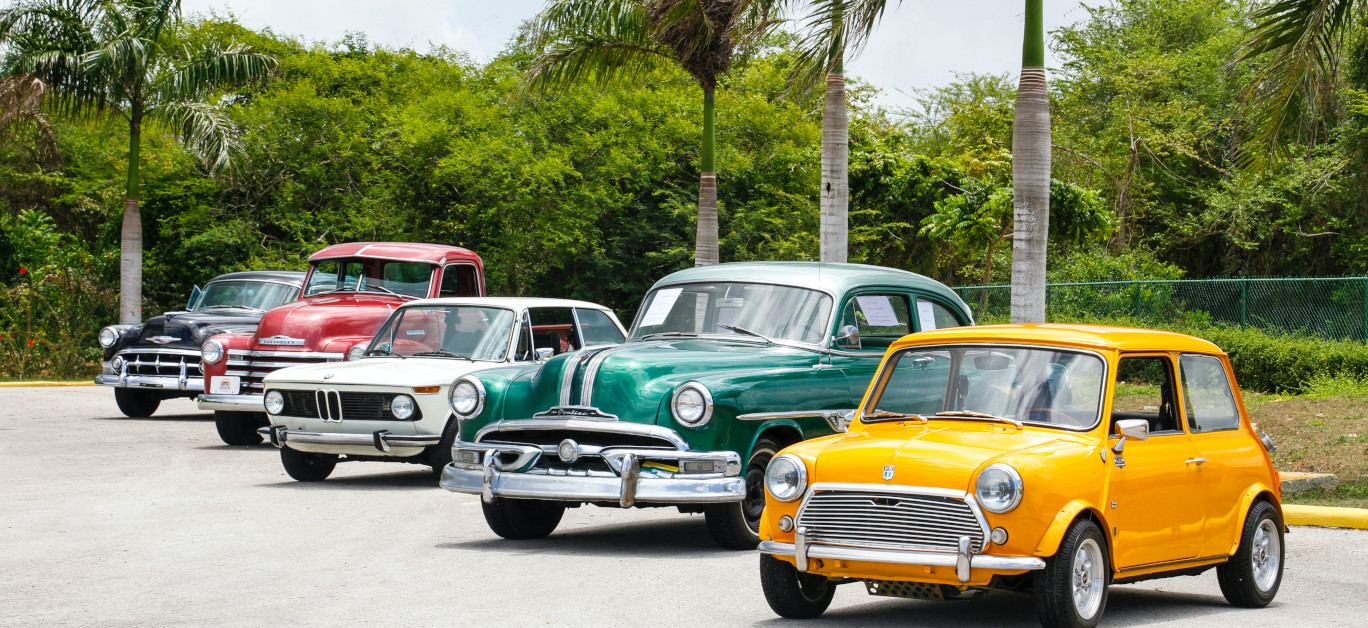If you’re a motorhead, you might have dreams of building your very own historic car collection one day. To help you get started, Mark Barclay, from the experts at My Motor World, gives us the lowdown on what the future of classic cars could look like from 2023 and beyond.
The UK recently announced a ban on petrol or diesel cars as of 2030, in an effort to reduce our country’s emissions. And while this initially sparked some concern among classic car enthusiasts, lawmakers have emphasised that this will only apply to newly manufactured cars and that existing vehicles can still be used as standard. However, the point remains that the future of classic cars may start to look different in the following years, and there are a few things you might want to keep in mind before you start your own collection.
Technological advancements
One of the main differences between cars of the past and the future is sustainability. Most historic cars still have the inefficient internal combustion engine of years gone by, meaning that classic car enthusiasts often have to compromise on sustainability if they want the retro aesthetic of an old-school vehicle.
Luckily, as engineering technology continues to make strides, some companies are finding ways to bring these two worlds together. For example, British company Lunaz have begun converting historic cars like a Rolls Royce, Bentley, Aston Martin, and the original Range Rover from inefficient petrol or diesel engines into fully electric models.

There is, of course, the debate that as classic vehicles were manufactured decades ago and tend to be driven less frequently, they don’t pose as much of an environmental threat as they seem. Not only this, but some argue that the end-to-end lifecycle of a classic car also tends to be longer than a standard electric vehicle due to the durability of the materials used. However, issues like driving in congestion zones and increased tax on diesel models remain.
Technological innovations, therefore, give hope that the classic car industry will one day be able to move with the times, such as giving existing collector’s models a modern reboot or engaging in carbon offsetting practices. And, seeing as spending in the industry increased to £7.2 billion in 2022 from £5.5 billion in 2016, these technological advancements are set to reach a large, committed audience of car enthusiasts – many of which are hoping to safeguard their future.
Predicted collector’s pieces
If you’re eager to get started on your classic car collection, then you’re already aware that the industry requires a long-term approach. One way of taking a more future-proof angle to your collection is by trying to forecast what has the potential of being a collector’s model in the years ahead.
This can be a more accessible way to get your own collection started and means that you can make a worthwhile investment that will only grow in value, rather than depreciate like most contemporary cars that are driven out of the garage. It also allows you to take the best possible care of the car in the years to come, ensuring that you know exactly what conditions it’s been kept in and allowing you to cultivate a valuable asset.

Do your research
Before buying any used car, it’s wise to pay for a full vehicle history check so you don’t have any nasty surprises. This can show you whether the car has been stolen, written off, or has any outstanding finance attached to it such as unpaid tax or insurance – and they can cost as little as £6 to £10 from leading automotive companies. You can also use the DVLA’s free MOT site to check a vehicle’s service history and figure out what repairs or ongoing mechanical foibles you might be up against.
Possible collector’s models
The typical idea of classic cars might be sports models from the 50s and 60s, but if you want to invest in a new wave of future classics, there are plenty of iconic designs from the late nineties and early noughties to choose from. Especially as this hobby is all about nostalgia and recapturing styles from decades gone by, this is a great era to choose from as it holds plenty of future ownership potential for the millennial demographic as they reach middle age.

A large part of the classic car phenomenon is the thrill of seeing and owning a style that’s no longer commonplace, so when making future investments it’s wise to opt for bold, recognisable styles that elicit this response. This might include late-90s models like the unique, organic shapes of the Lotus Elise S2 or the bold, rounded edges of the Audi TT Quatro Sport. The latter has an added element of exclusivity (something that automatically increases the value of any historic vehicle) as there were only 800 produced at the time.
Alternatively, if you have a higher budget available, then opting for models from luxury, household brands is always a safe bet: for example, a Porsche 911 GT3 already fetches a pretty penny and will only increase in value when kept in good condition.
To make your collection even more future-proof, original electric cars are now beginning to increase in value. For example, Tesla’s first vehicle (the 2008 Tesla Roadster) was fetching around $50,000 in 2018, but is worth an average of $102,000 today as it is now recognised as an industry-shifting car.
The future of classic cars might be changing, but motorheads will be glad to know the industry is far from over. For more expert advice on all things luxury travel, check out the rest of the articles in Luxury Lifestyle Magazine’s drive, sail, and fly section.






















